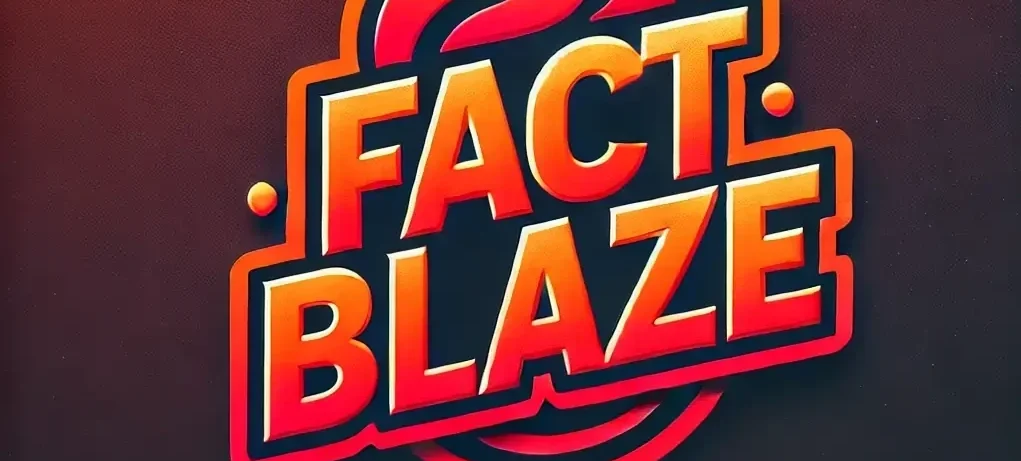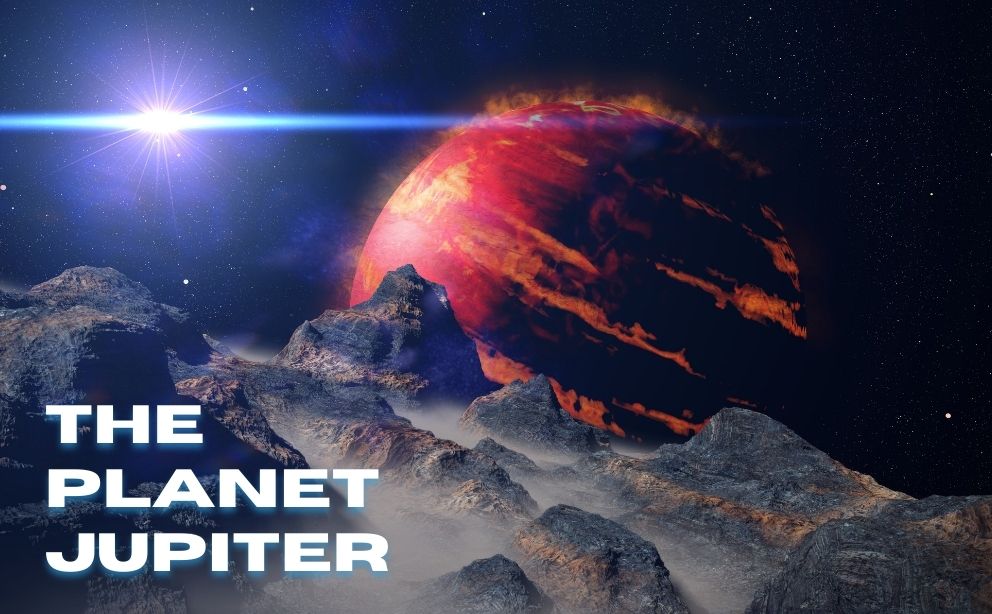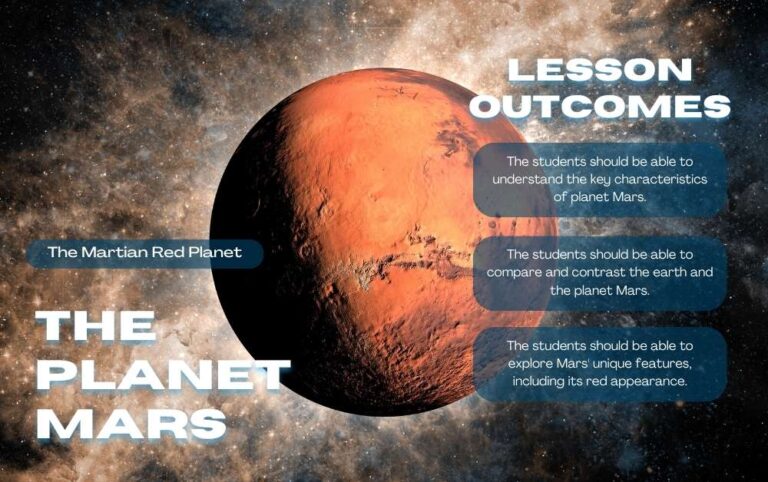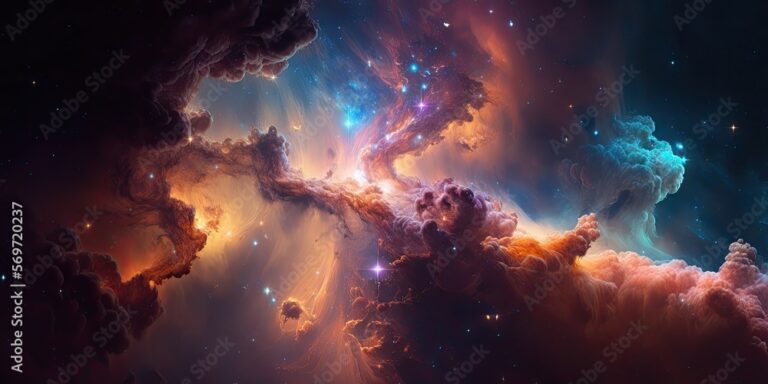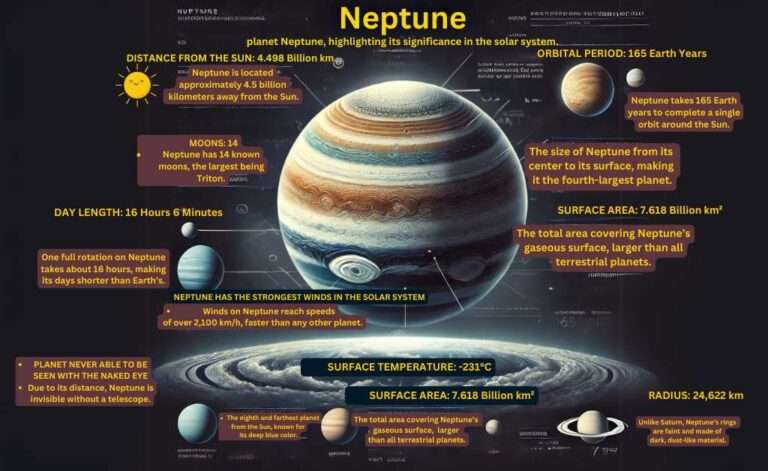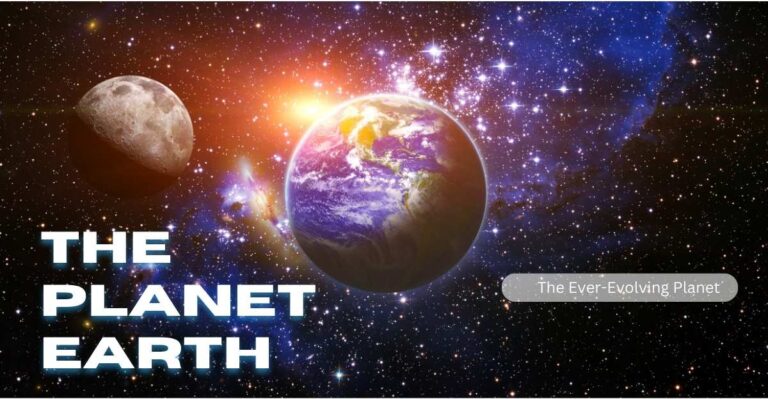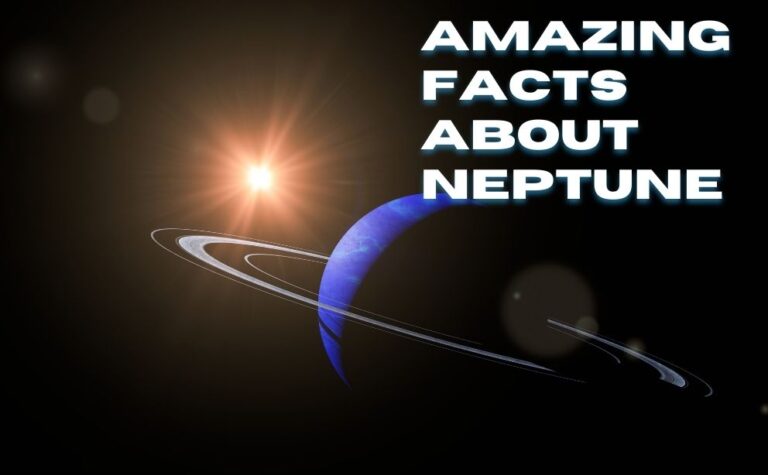Discover 9 Jaw-Dropping Jupiter Facts You Never Knew Existed
9 Mind-Blowing Facts About Jupiter That Will Leave You stunned
Embark on a cosmic journey through 9 mind-bending facts about Jupiter. From its colossal size to its bizarre weather patterns, get ready to see the gas giant in a whole new light!
Introduction
Hold onto your space helmets, folks! We’re about to blast off on a mind-bending adventure to the king of the planets, Jupiter. This cosmic behemoth has been turning heads and dropping jaws since Galileo first spotted its moons way back in 1610. But trust me, this gas giant’s got more tricks up its sleeve than a magician at a kids’ birthday party. From its monster storms to its mysterious core, Jupiter is about to show you its weirdest, wildest side. So, strap in and get ready for a wild ride as we dive into these 9 jaw-dropping facts that’ll have you seeing the gas giant in a whole new light!
1. Jupiter’s Great Red Spot Is a 350-Year-Old Temper Tantrum
Let’s kick things off with a real doozy. You’ve probably heard of Jupiter’s Great Red Spot, but did you know this cosmic hurricane has been raging for over 350 years? That’s right, this mother of all storms has been swirling since before your great-great-great-grandparents were even a twinkle in the universe’s eye. And here’s the kicker—it’s so massive you could fit three Earths inside it and still have room for dessert. Talk about a long-lasting bad hair day!
2. Jupiter’s Magnetic Field Is an Absolute Beast
If you thought Earth’s magnetic field was impressive, wait till you get a load of Jupiter’s. This gas giant’s magnetic mojo is over 20,000 times stronger than our home planet’s. It’s so powerful that it creates a magnetosphere that stretches up to 5 million kilometers on the side facing the sun and a mind-boggling 650 million kilometers on the opposite side. That’s like having a cosmic forcefield that could reach all the way past Saturn. No wonder Jupiter’s auroras make ours look like a cheap light show!
3. Jupiter’s Core Is Hotter Than the Surface of the Sun
Here’s a scorcher for you: Jupiter’s core is estimated to be a whopping 36,000 degrees Celsius (64,832 degrees Fahrenheit). That’s hotter than the surface of the sun! And get this—scientists think this internal heat source is what powers Jupiter’s wild weather patterns and keeps the planet puffed up like a cosmic marshmallow. It’s like Jupiter’s got its own internal furnace, cranking out the heat and stirring up trouble 24/7.
4. Jupiter Has a Thin Ring System That’s Practically Invisible
Move over, Saturn! You’re not the only planet with bling. Jupiter’s got its own set of rings, but they’re so faint you’d need some seriously fancy optics to spot them. These delicate rings are made mostly of dust, likely kicked up by meteorite impacts on Jupiter’s moons. It’s like Jupiter’s wearing the most subtle jewelry in the solar system—classy but hard to spot at a cosmic cocktail party.
5. Jupiter’s Moon Io Is the Most Volcanically Active Body in the Solar System
Jupiter’s not just impressive on its own; its moons are pretty wild too. Take Io, for instance. This little moon is so volcanically active it makes Hawaii look like a cold, dead rock. Io’s surface is constantly being reshaped by hundreds of volcanoes, some of which spew plumes of sulfur and sulfur dioxide up to 500 kilometers high. It’s like the moon is trying to give Jupiter a run for its money in the “most dramatic celestial body” contest.
6. Jupiter’s Atmosphere Has Mysterious Hot Spots
Just when you thought Jupiter couldn’t get any weirder, it throws another curveball. Scientists have discovered mysterious “hot spots” in Jupiter’s atmosphere that are surprisingly cloud-free and allow us to peer deeper into the planet’s gassy layers. These hot spots are about the size of Earth and have temperatures that soar above 1,000 degrees Celsius. It’s like Jupiter’s got cosmic portholes scattered across its surface, giving us tantalizing glimpses into its mysterious interior.
7. Jupiter Might Have a Core Made of Exotic Materials
Speaking of Jupiter’s interior, scientists are scratching their heads over what’s really at the center of this gas giant. Recent data suggests that Jupiter’s core might not be the solid ball of rock and metal we once thought. Instead, it could be a strange, fuzzy region made up of exotic materials under extreme pressure. Some researchers even think it might be partially dissolved. It’s like Jupiter’s core is a cosmic smoothie of weird space stuff that we’re only just beginning to understand.
8. Jupiter’s Day Is the Shortest in the Solar System
For such a big planet, Jupiter sure knows how to hustle. This gas giant completes a full rotation on its axis in just under 10 hours. That’s the shortest day of any planet in our solar system! This rapid spin is part of what gives Jupiter its distinctive striped appearance and drives its powerful storms. It’s like the planet is a cosmic ballerina, pirouetting through space at breakneck speed.
9. Jupiter Might Have Eaten Other Planets
Here’s a mind-bender to wrap up our list: some scientists think Jupiter might have cannibalized other planets during its formation. Computer simulations suggest that as Jupiter grew, it might have absorbed smaller planets or planetesimals that got too close. This cosmic feast could explain why Jupiter is so massive and why the inner solar system is relatively empty compared to the outer regions. It’s like Jupiter was the bully of the early solar system, gobbling up anything that dared to cross its path.
Conclusion: Our Mysterious Jovian Neighbor
As we wrap up our mind-blowing tour of Jupiter, it’s clear that this gas giant is far more bizarre and fascinating than we ever imagined. From its centuries-old storms and scorching core to its volcanic moons and possible planetary appetite, Jupiter continues to surprise and amaze us with its extreme conditions and peculiar characteristics.
These 9 jaw-dropping facts barely scratch the surface of Jupiter’s mysteries. As we continue to study this cosmic behemoth, who knows what other incredible discoveries await? One thing’s for certain: Jupiter will never cease to astonish us with its sheer size, power, and complexity.
So, the next time you gaze up at the night sky and spot that bright point of light, remember that you’re looking at a world of massive storms, hidden rings, and possibly even the remnants of long-lost planets. Jupiter truly is the king of the solar system—a cosmic giant that keeps us guessing and dreaming of the day we might unravel all its secrets.
FAQs
- Q: How many moons does Jupiter have?
A: As of 2023, Jupiter has 95 confirmed moons, with more potentially awaiting discovery. - Q: Can humans ever visit Jupiter?
A: Due to Jupiter’s lack of a solid surface and extreme conditions, humans can’t land on Jupiter. However, future missions might explore its moons. - Q: Why is Jupiter striped?
A: Jupiter’s stripes are caused by strong east-west winds in the planet’s upper atmosphere, creating distinctive bands of different colors. - Q: Does Jupiter protect Earth from asteroids?
A: Jupiter’s strong gravity can deflect some comets and asteroids away from the inner solar system, potentially reducing impacts on Earth. - Q: How old is Jupiter?
A: Jupiter is believed to be about 4.6 billion years old, forming around the same time as the rest of our solar system. - Q: Can we see Jupiter from Earth without a telescope?
A: Yes! Jupiter is often visible to the naked eye as one of the brightest objects in the night sky. - Q: Why is Jupiter called a “failed star”?
A: Jupiter is sometimes called a failed star because it’s composed of similar elements to the Sun but lacks the mass to initiate nuclear fusion.
Sources:
[1] https://ppl-ai-file-upload.s3.amazonaws.com/web/direct-files/47049297/2192cb57-fddc-49a1-8a80-509e0933835b/365-facts-on-space.pdf
[2] https://www.almanac.com/fun-facts-jupiter-planet
[3] https://astrobackyard.com/facts-about-jupiter/
[4] https://www.zmescience.com/feature-post/space-astronomy/solar-system/planets/facts-about-jupiter-0523532/
[5] https://revolutionized.com/planet-jupiter-facts/
[6] https://kids.nationalgeographic.com/space/article/mission-to-jupiter
[7] https://www.space.com/33304-biggest-mysteries-of-jupiter.html
[8] https://www.esa.int/Science_Exploration/Space_Science/Juice/Facts_about_Jupiter
[9] https://www.funkidslive.com/learn/top-10-facts/top-10-facts-about-jupiter/
[10] https://en.wikipedia.org/wiki/Jupiter
[11] https://www.universetoday.com/15182/interesting-facts-about-jupiter/
[12] https://science.nasa.gov/jupiter/jupiter-facts/
